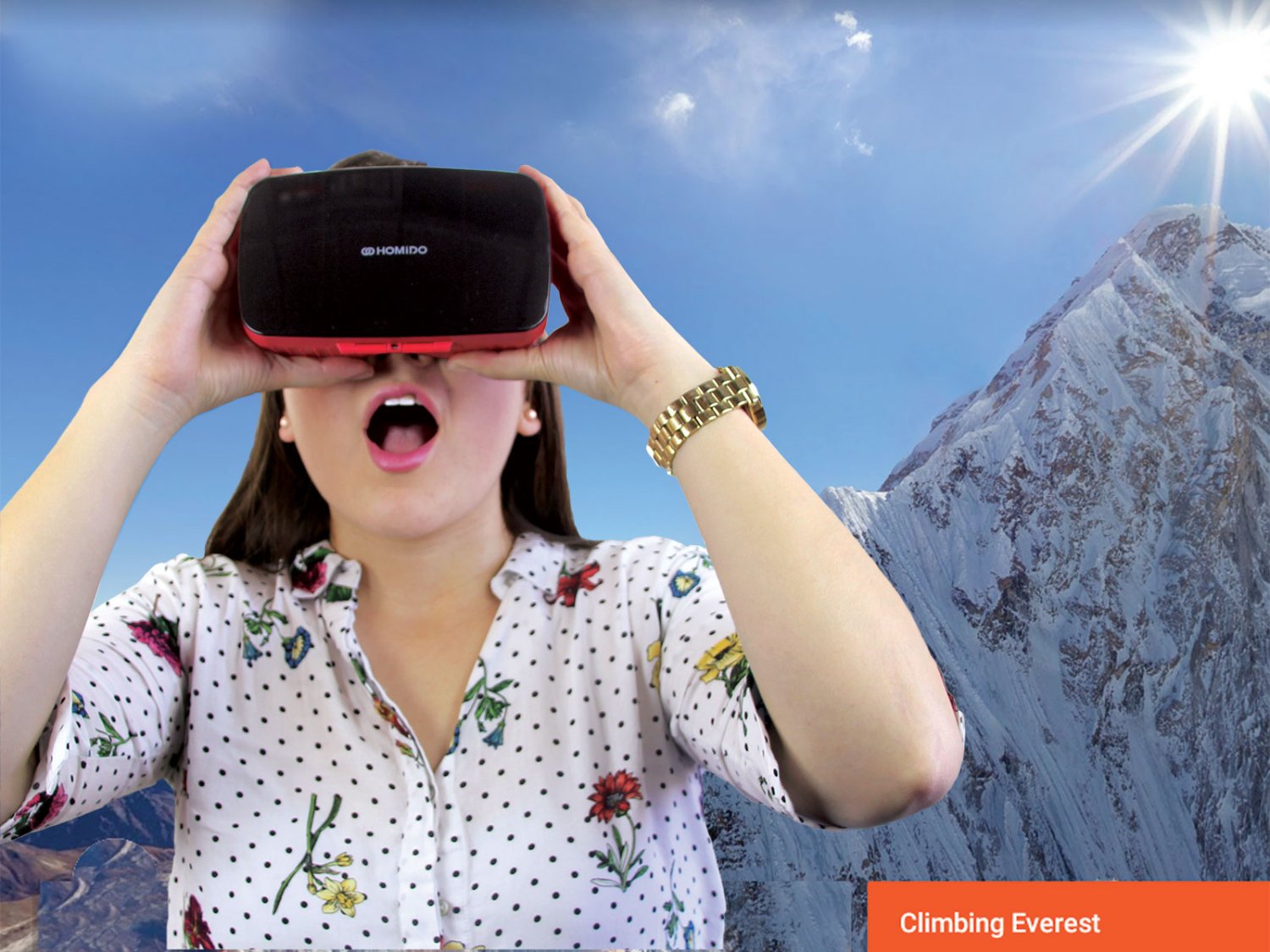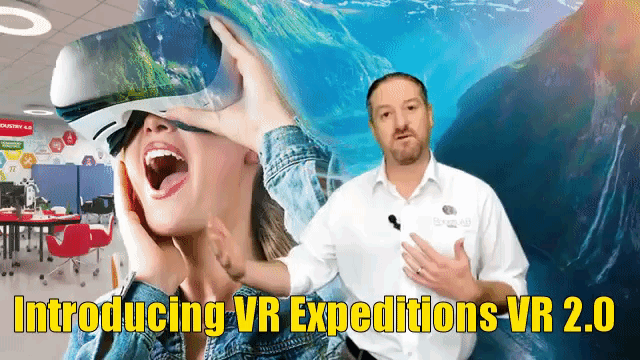By Theresa Cofield

Today, the educational process is almost completely different from the educational process 1 decade ago. Teachers were trying to make the process more fun for children and teens, but so they can learn. Nowadays, with all new technology, it’s definitely more fun and even efficient.
Special equipment for educational purposes is designed to make the knowledge transfer process a lot easier, quicker, and more effective. Throughout the years, the educational process has been evolving, new tech has been added, and the next logical step would be to implement VR technology into the process.
What would be the results and effects on the overall process? Would it make the learning process easier and more efficient? It seems that yes, VR pack kits implementation would cause positive effects on the process. Here are the 5 ways of how VR might soon impact the educational process.
Benefits For Underserved Population
It’s an amazing opportunity to organize a trip for students. For example, a trip to a museum or planetarium, etc. The benefits are obvious, but what if the school can’t afford to organize such trips. What if some children are disabled? That’s when VR might be helpful. It’s a relatively cheaper solution since you buy a kit just once but it could be used by all students in the school.
VR tech would be really helpful to the kids who are:
-
Disabled and it’s not recommended to go on trips.
-
When students attend a school that is in remote areas or have no museums, planetariums, etc., near.
-
Temporarily disabled, for instance, in a hospital or other similar cases.
Moreover, it’s a cheaper solution
than renting buses, covering fees and other expenses simply to organize a trip. It would also be beneficial to go on trips several times to different locations. Imagine the expenses of multiple trips for several classes? VR seems a cheaper option that can be applied to several classes for several years.
Children can ‘visit’ national parks, museums, planetariums, some historical monuments and locations that aren’t even located in their country, etc. The benefits are obvious - its educational and visual aids help to perceive the given information.
Learning Languages
Learning just grammar or enriching the passive vocabulary is no longer considered effective. Today, teachers prefer more interactive ways of mastering the skill. For instance, some teachers prefer engaging their students in conversations so they can practice what they have learned. Others prefer organizing exchange trips since communicating with native speakers is probably the best way to master the language.
But in the first case, students interact with each other in the usual environment, which is not so great, even though better than simply using textbooks. In the second case, it’s extremely expensive, even though it is very effective to master the skill. In this case, VR might replace trips to foreign countries.
Modern VR kits can simulate real-life situations, so students can participate in pretty realistic conversations within a foreign environment. Moreover, students can even interact with foreign students with the help of VR technology. AS a result, people who want to master the language get a great opportunity. They can then use their skills to travel, even start dating with the aid of such sites as datingjet.com. Or to use the knowledge to improve the career.
Simulation Learning
Imagine learning how to drive a car, without paying for expensive gas? Using VR tech allows us to do that. It’s a win-win situation - good expenses wise and great for the environment! Imagine another situation, a future architect learns how to build buildings and uses VR modeling to safely recreate his projects.
Students can recreate various realistic situations and test how their projects would work in real life. Using VR tech may help to gain the needed experience, plus, it’s an affordable option. Yes, the basic hardware and software aren’t cheap, but upon covering the expenses, the additional expenses are pretty low. And it’s still cheaper than paying for traditional tech and expenses.
Creating In VR
When most people think about VR, they consider observing something. Just like in one of the examples from this article, students can visit places, observe museums, national parks, etc. It’s great for experiencing things that we have read about or heard of, etc. But certain VR tools allow us to create in virtual reality!
Students can create various 3-dimensional figures, characters, places, objects, etc. It boosts creativity and grants amazing experience! Moreover, some packs even offer the possibility of VR coding. The possibilities, in this case, are nearly limitless.
Develop Empathy
This world is amazing and has so many things to explore. And at the same time, it can be cruel. Some of us might not understand the consequences of war, or how it feels to live in poverty, etc. Simply saying that people are suffering from war, or people are starving definitely can’t describe the tragedy.
Luckily, VR can be used to show certain places and the situations that locals have to experience every day. Students can see how difficult it is to find food or clean water. They can see the situation in countries suffering wars. Or students might see the condition of our environment. This can greatly increase awareness and boost the sense of empathy.
Conclusion
For the last few years, VR has been slowly entering our lives. It’s only natural that soon VR technology will be used not just for entertainment purposes, but for educational processes as well. The possibilities of VR are vast and amazing.
Discover more VR tools with RobotLAB!

Author Bio
Theresa Cofield is a freelance writer who has a love for creativity and a passion for helping others. She works as a blogger at datingjet.com where she covers the topics of relationships and love in general.
